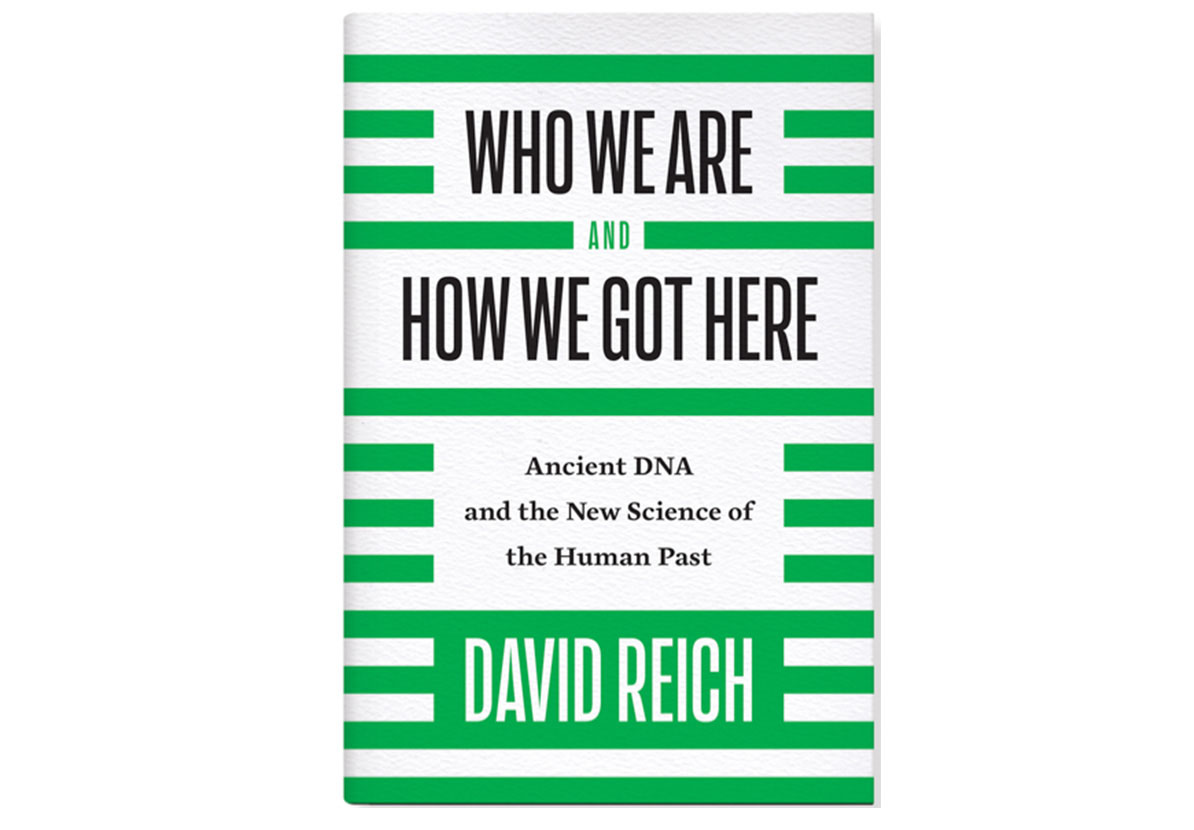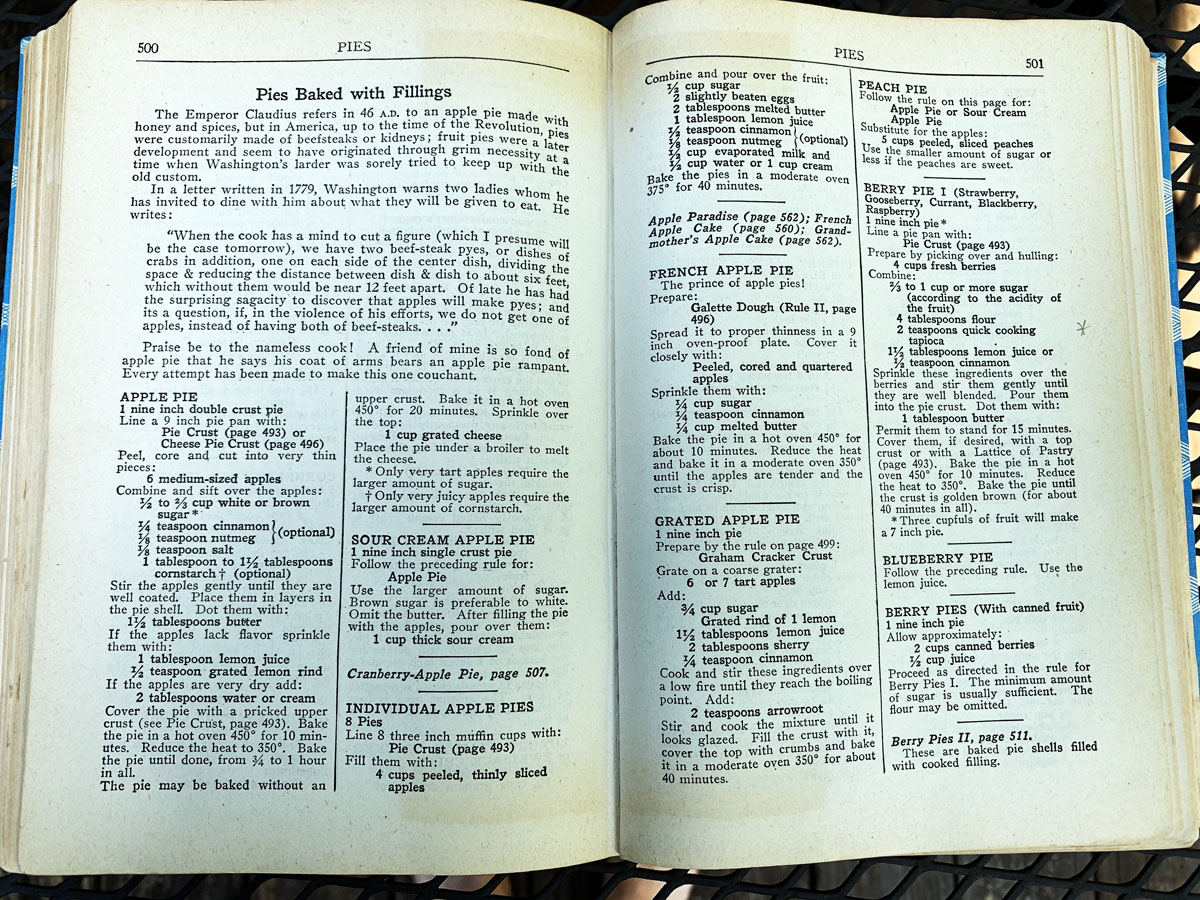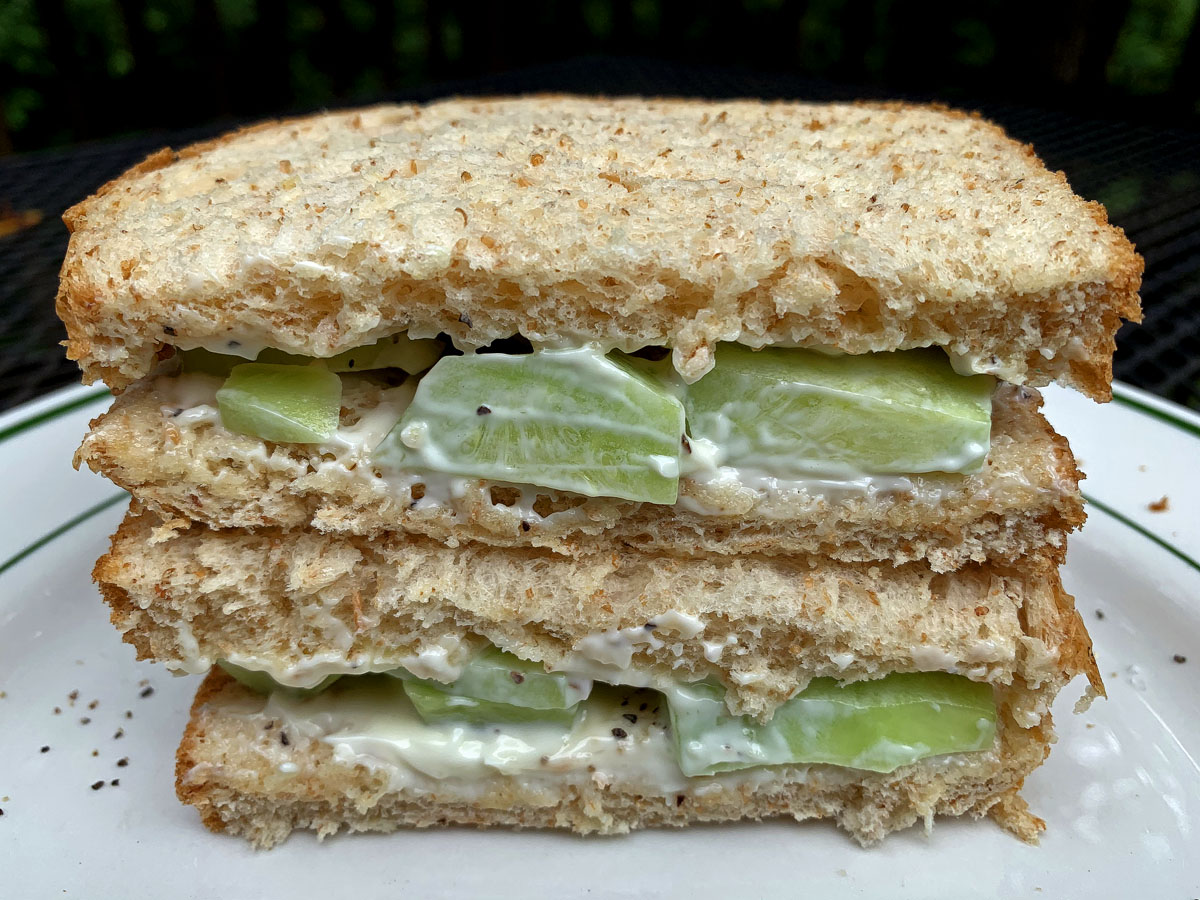
My 20-year-old Sony headphones, well worn but still working
Ken, who is now back in Scotland after being stuck in the U.S. for six months during the Covid-19 lockdown, writes: “I can’t tell you how detoxed I already feel from U.S. politics…. No more Trump signs, no more awful religion, no more right wing madness…. It feels good to be away, honestly.” Luckily for him, Ken has two passports. One of them is a beautiful red British passport, the ones I admire most while standing in the immigration lines. Meanwhile, here I am, with only my useless American passport, unable to breathe the free air of Europe this year, if only for a couple of weeks.
Republicans, while doing such great deeds to make America great again (with generous Russian assistance), say that we liberals would turn America into a flaming hellscape. Actually, what we liberals will do is make America much more like Europe.
We liberal Americans are torn in two directions right now. On the one hand, we’re obsessed with the news, terrified at how far right-wing Americans and their little Hitler will go to get the right-wing dictatorship they crave. And on the other hand we try to preserve our mental health by trying to shut it all out.
This post is about shutting it out.
Technology can bring us all the news (and propaganda) we can eat. But technology also gives us ways to shut out the public madness to protect our mental health. I actually have come to love my Covid-19 masks. I especially love my Covid-19 masks when I’m in a place where right-wingers are maskless. So far, I’ve not been harassed for wearing a mask, but there is a lot of that going on. My mask says to the glowering maskless: I don’t want to be around you. I suspect that’s part of why mask-wearers gall them so badly. It makes them feel low and dirty, when what they want is to feel superior and powerful. I’m considering wearing masks in public for the rest of my life, actually.
Unlike viruses, noise won’t kill you. But too much noise damages our hearing, and too much noise damages our mental health. Noise is not a huge problem for me now, given that I live in the woods. Nor do I find myself in noisy places much anymore. But, partly because I’m so accustomed to silence, I have a low tolerance for noise. I have come to be disgusted by the sound of loudspeakers blaring country music, for example. Once upon a time, country music could express vitality, energy, and optimism. Consider Johnny Cash’s “I Walk the Line” (1958), or the stunning performance of “Cocaine Blues” by Joaquin Phoenix in the film “Walk the Line.” (See footnote for a musical factoid.)
The country music that I’m exposed to in public places these days is always about whining and masochistic suffering. The whining voice, apparently, is supposed to convey emotion. I find myself mocking it and making fun of it behind my mask, or muttering, “Why don’t you just go die and get it over with.” Some cultures are rotting all right, and not the ones in Europe.
Noise was a huge problem when I lived in San Francisco. It was sirens, buses, trains on Market Street, and loud motorcycles. Eventually I refused to go to restaurants, or at least the noisy ones, where the sound level was often over 100 decibels. I also fought the noise with some noise-canceling headphones. I bought headphones that were of poor quality, though, and they didn’t last long. (The headphones in the photo are good headphones, but they don’t do noise canceling.)
I was very excited when I heard that Apple is going to make some over-the-ear noise-canceling headphones. Apparently they’ll be called “Airpods Studio,” and the rumors at present are that they’ll be available in October. The price is said to be $349 or $399. That’s pretty pricey, but my guess is that they’ll be worth it.
Apple has figured out how to get amazing sound quality (and a wide range of frequencies) out of small devices, with low distortion. I’ve never used ear buds, because they don’t fit my ear well, and because buds can’t do noise canceling. For noise canceling, the ears must be covered with sound-suppressing padding. Another virtue of the Apple headphones, I’m sure, is that they’ll integrate well with other Apple devices — iPhones, computers, and watches. The headphones will surely have a microphone. And Apple knows how to make products that are hard to break and don’t wear out.
It’s a sad thing when we have to protect ourselves against the environment we live in. And yet, we don’t fret about protective items such as caps (against sun damage) and gloves (against skin damage). For now, more options are needed. Masks defend against viruses, and, as a bonus, tell maskless right-wingers that you’re not one of them. Noise-cancelling headphones not only keep out the ear-damaging noise and the soul-damaging music, they also help build a virtual bubble, one’s own private Edinburgh.
A musical aside: The Folsom Prison scene from “Walk the Line” contains a fine example of what musicians call “vamping.” Vamping is what accompanists do while they wait for the vocalist to start to sing. The accompanist(s) just keep an eye on the singer and repeats a short musical phrase, maybe only one measure long. In the Folsom Prison scene, the band vamps while Joaquin Phoenix delivers a monologue that sets his audience on fire. Then, at 0:51, he breaks a glass, signaling the band that he’s ready to go. When Phoenix returns to the microphone, a guitar cues the singer with a chromatic sequence of four eighth-notes, dominant to tonic. Then Phoenix proceeds to kill it with “Cocaine Blues.” Hollywood, on the dreaded and liberal West Coast, knows how to do this. Nashville seems to have forgotten how.
Update: Even in Edinburgh, noisy restaurants are a problem. From the Scottish newspaper The Herald: We shouldn’t have to wear ear defenders when eating out.



